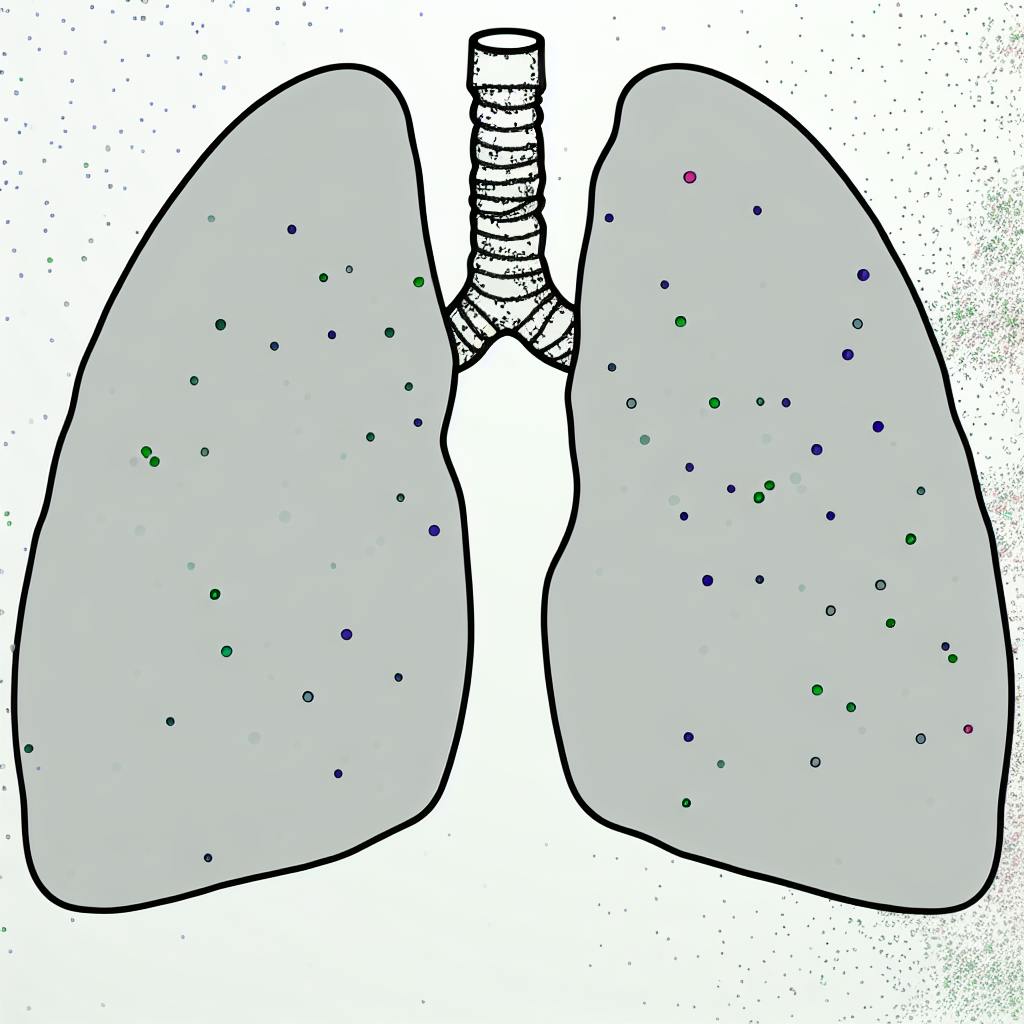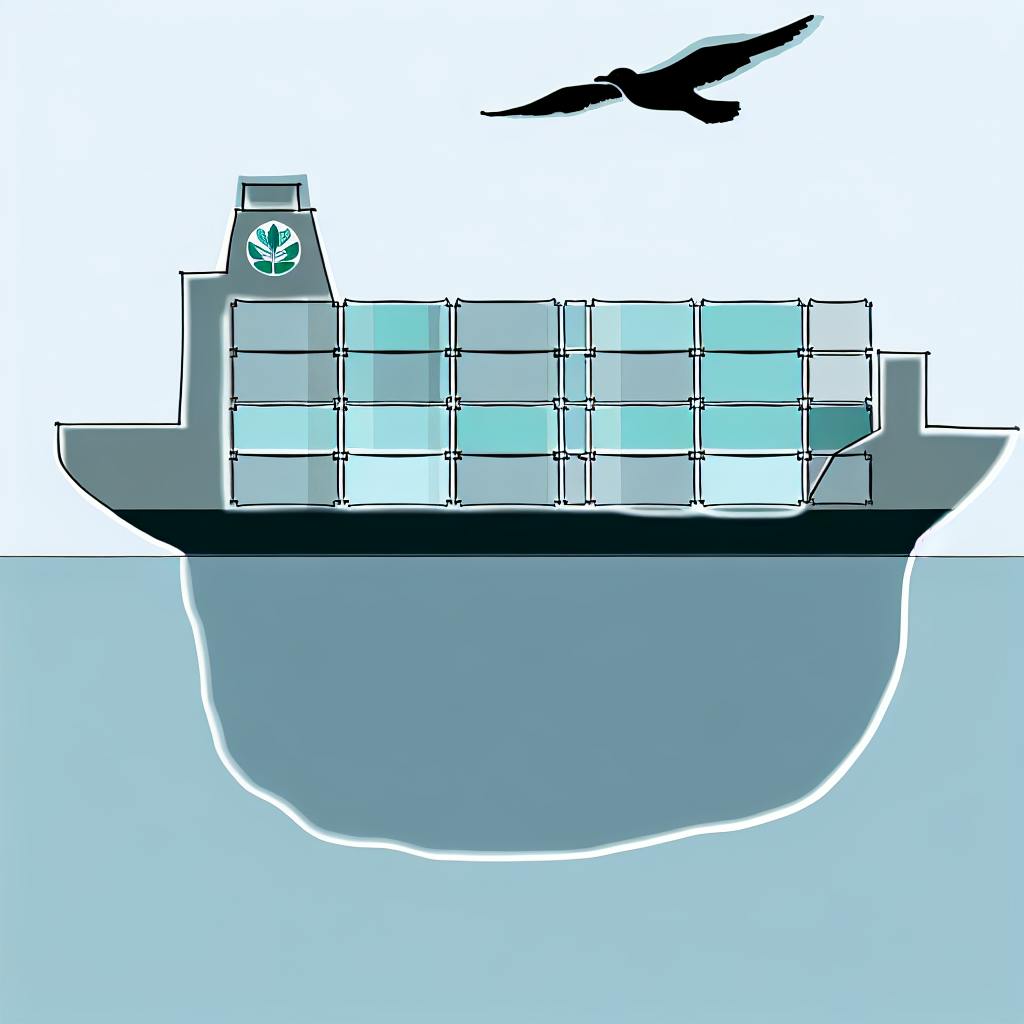Microplastics, tiny plastic particles less than 5 millimeters, have become a pervasive environmental issue, contaminating our oceans and seafood. These minuscule fragments enter the food chain through trophic transfer, where smaller organisms ingest them, and they move up the chain as larger predators consume their prey.
Key Points:
-
Seafood Contamination: Mollusks like mussels, oysters, and scallops have the highest levels of microplastic contamination due to their filter-feeding nature. Fish and crustaceans like shrimp and crab have medium levels.
-
Health Risks:
- Physical: Microplastics can cause inflammation, oxidative stress, cell death, and digestive blockages.
- Chemical: Leaching of toxic chemicals like BPA, PVC, and phthalates from microplastics is linked to cancer, reproductive issues, and hormonal imbalances.
-
Reducing Exposure:
- Avoid single-use plastics and products with microbeads.
- Choose eco-friendly packaging like glass, metal, or biodegradable materials.
- Support companies with sustainable practices.
Collaborative Solutions Needed:
| Stakeholder | Role |
|---|---|
| Governments | Implement policies to protect marine environments and ensure food safety |
| Industries | Prioritize sustainable practices and responsible waste management |
| Individuals | Embrace eco-friendly alternatives, support sustainable initiatives, and raise awareness |
By working together, we can reduce microplastic pollution and protect our oceans and seafood sources.
Microplastics in Different Seafood
Microplastics have been found in various types of seafood, with some being more prone to contamination than others. Mollusks, such as mussels, oysters, and scallops, have the highest levels of microplastics among seafood. This is likely due to their filter-feeding nature, which allows them to ingest small particles, including microplastics.
Seafood with High Microplastic Levels
The following table shows the levels of microplastic contamination in different types of seafood:
| Seafood | Microplastic Levels |
|---|---|
| Mollusks (mussels, oysters, scallops) | High |
| Fish | Medium |
| Crustaceans (shrimp, crab) | Medium |
Regional Differences in Contamination
Regional differences in microplastic contamination of seafood can be attributed to various environmental and industrial factors. For example:
- Areas with high levels of plastic pollution, such as near urban centers or industrial sites, may have higher levels of microplastic contamination in seafood.
- Differences in fishing and aquaculture practices can also impact microplastic levels in seafood.
Further research is needed to fully understand the regional differences in microplastic contamination of seafood.
Health Risks of Microplastics in Seafood
Microplastics in seafood pose a significant threat to human health. When we eat seafood contaminated with microplastics, we risk physical harm and exposure to toxic chemicals.
Physical Effects of Microplastic Ingestion
The physical effects of microplastic ingestion depend on the size and shape of the particles. Smaller particles can cause more harm than larger ones. Research has shown that microplastics can cause:
- Inflammation
- Oxidative stress
- Cell death
- Physical blockages in the digestive tract
The shape and surface of microplastics also play a role in the harm they cause. For example, rough surfaces can cause more tissue damage than smooth ones.
Chemical Risks from Microplastics
Microplastics can leach harmful chemicals into the body. These chemicals, used to give plastics their desired properties, can be toxic to humans and have been linked to:
| Health Problem | Associated Chemicals |
|---|---|
| Cancer | Bisphenol A (BPA), Polyvinyl Chloride (PVC) |
| Reproductive Issues | Phthalates, BPA |
| Hormonal Imbalances | Phthalates, BPA |
These chemicals can leach from microplastics even at low temperatures and in the absence of light. This means that microplastics can continue to release harmful chemicals into the body long after they have been ingested.
By reducing our consumption of microplastics through seafood and other sources, we can minimize our exposure to these harmful particles and protect our health.
sbb-itb-1dc3f59
Reducing Microplastic Exposure
To minimize microplastic intake, make conscious choices in your daily life. Here's how:
Lifestyle Changes to Limit Microplastic Intake
- Avoid single-use plastics: Refuse straws, bags, and water bottles. Opt for reusable alternatives like stainless steel water bottles, cloth bags, and metal or bamboo straws.
- Choose products with minimal packaging: Limit processed foods, which often contain microplastics. Select products with biodegradable or minimal packaging.
- Opt for natural personal care products: Avoid microbead-containing products like face wash, toothpaste, and exfoliating scrubs. Instead, use natural exfoliants like sugar, salt, or coffee grounds.
Choosing Eco-Friendly Food Packaging
- Select products with eco-friendly packaging: Choose glass or metal containers for storing food instead of plastic ones.
- Buy in bulk and use reusable containers: Reduce packaging waste by buying in bulk and using reusable containers.
- Support companies with sustainable practices: Encourage companies to adopt eco-friendly practices by supporting those that prioritize sustainable packaging and reduce microplastic pollution.
By incorporating these simple changes into your daily routine, you can significantly reduce your microplastic intake and contribute to a cleaner, healthier environment.
Addressing Microplastic Pollution
Microplastic pollution is a serious issue that requires a collective effort from governments, industries, and individuals to combat. In this section, we will discuss the role of governments and industries in addressing microplastic pollution.
Government Policies to Protect Marine Life
Governments around the world have started to take action against microplastic pollution. One effective way to reduce microplastic pollution is through policy changes. For instance, banning single-use plastics, such as straws, bags, and water bottles, can significantly reduce the amount of plastic waste that ends up in oceans. Governments can also implement extended producer responsibility, which makes manufacturers accountable for the waste generated by their products.
Government Initiatives:
| Initiative | Description |
|---|---|
| United Nations Environmental Programme (UNEP) | Promoting less plastic use, encouraging recycling, and evaluating disposal facilities |
| European Food Safety Authority (EFSA) | Issued a scientific statement on the presence of microplastics and nanoplastics in food, specifically seafood |
Industry Efforts to Reduce Microplastics
Industries can also play a crucial role in reducing microplastic production. One way to achieve this is through product redesign. Companies can redesign their products to reduce plastic use, extend product life, and allow repair and reuse.
Industry Examples:
| Company | Initiative |
|---|---|
| Ethique | Replaced liquid products with solid bars packaged in cardboard boxes, aiming to prevent up to 1 million bottles, jars, and tubes from being made by 2025 |
| Ralph Lauren | Working towards making all packaging materials recyclable, reusable, or sustainably sourced and achieving 100% sustainably sourced key materials by 2025 |
| Danimer Scientific and TotalEnergies Corbion | Developed a new compostable coffee pod biopolymer that is in compliance with proposed EU packaging regulations |
By working together, governments and industries can reduce microplastic pollution and protect marine life. It is essential to continue promoting sustainable practices, investing in research and development, and implementing effective policies to combat microplastic pollution.
Conclusion
Summary of Microplastics in Seafood
Microplastics in seafood are a growing concern that affects both marine life and human health. These tiny particles enter the food chain through trophic transfer and can cause physical harm and exposure to toxic chemicals. To minimize microplastic intake, we must make conscious choices in our daily lives.
Collaborative Solutions Needed
Addressing microplastic pollution in seafood requires a joint effort from governments, industries, and individuals. Governments must implement effective policies to protect marine environments and ensure food safety. Industries must prioritize sustainable practices and responsible waste management. As consumers, we can drive change by embracing eco-friendly alternatives, supporting sustainable initiatives, and raising awareness.
Key Players in Combating Microplastic Pollution
| Stakeholder | Role |
|---|---|
| Governments | Implement policies to protect marine environments and ensure food safety |
| Industries | Prioritize sustainable practices and responsible waste management |
| Individuals | Embrace eco-friendly alternatives, support sustainable initiatives, and raise awareness |
By working together, we can reduce microplastic pollution and protect our oceans and seafood sources. It is essential to continue promoting sustainable practices, investing in research and development, and implementing effective policies to combat microplastic pollution.


